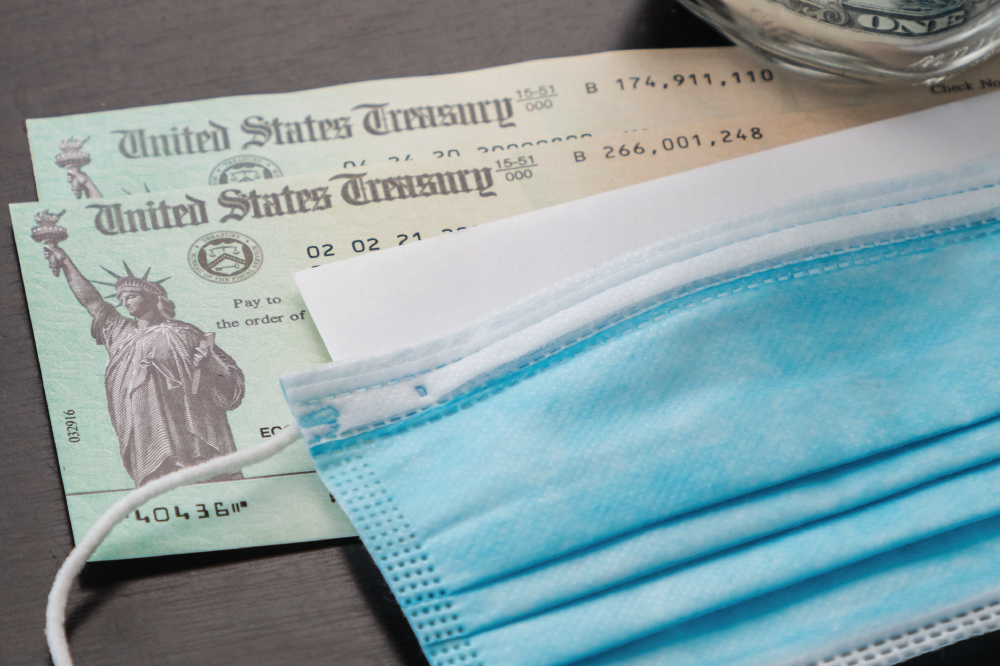
While local governments await the Department of Treasury’s Final Rule on use of the American Rescue Plan's Fiscal Recovery Funds,a number of resources remain available to inform their planning and reporting.
Last week, the Treasury released the new User Guide: Treasury’s Portal for Recipient Reporting. This is a supplement to Treasury's Guidance on Compliance and Reporting and focuses on how and where to submit various required reports. Direct recipients (i.e., metropolitan cities and counties; state and tribal governments) will submit interim reports by August 31, 2021, and all recipients, including non-entitlement units (NEUs) will submit the first Project and Expenditure Reports by October 31, 2021.
As all funding recipients will submit reports via the portal, local governments should review these instructions in advance of their first reporting deadlines. The portal requires assigning staff to key reporting roles and designees will need to register themselves to gain access.
Latest Word on Eligibility
Many of the top questions about eligible uses of the State and Local Fiscal Recovery Fund (SLFRF) have been answered in the Department of Treasury’s FAQs for the Interim Final Rule, last updated on July 19. Just a few responses to ICMA members’ questions are referenced below and on the ICMA ARPA webpage, but guidance is provided from Treasury on everything from eligible broadband investments to road repairs related to water or sewer projects. There are also helpful updates on revenue calculations, allowable interest, and reporting.
Pooling or transferring funds. Many jurisdictions have wanted to pool their funds for regional projects or transfer them to another government. Treasury’s answer (4.9, updated 7/14) is that such transfers are allowed as long as the project itself is an eligible use and the recipient can track the use of the funds consistent with reporting and compliance rules. “In general, when pooling funds for regional projects, recipients may expend funds directly on the project or transfer funds to another government that is undertaking the project on behalf of multiple recipients.”
Paying for consultant costs. Recipients may use funds to cover the costs of consultants to assist with managing and administering the funds. (10.5, 6/8 update)
Tapping multiple sources of funding. The SLFRF is highly flexible. Multiple funding streams can be tapped to finance a project “provided that the costs are eligible costs under each source program and compliant with all other statutory and regulatory requirements and policies….SLFRF funds may be used in conjunction with other sources of funds to make an investment in water infrastructure…” (4.10, updated 7/14)
Using funds to make loans. SLFRF funds may be used to make loans to small businesses and nonprofits or to finance a necessary investment in water, sewer or broadband, as described in the Interim Final Rule. (4.11, updated 7/14).
More on ARPA from ICMA
ICMA’s digital and in-person versions of the 2021 Annual Conference will feature multiple sessions aimed to help local governments leverage these unprecedented federal resources.
-
Strategies for Using ARPA Funds (in-person, roundtable format).
-
ARPA Reporting Requirements (on demand, presentation/Q&A format).
-
Turning Crisis Into Opportunity: Leveraging Federal Resources on the Road to Cost Recovery (in-person, presentation/Q&A format).
-
Economic Recovery in a Pandemic (in-person, roundtable format).
New, Reduced Membership Dues
A new, reduced dues rate is available for CAOs/ACAOs, along with additional discounts for those in smaller communities, has been implemented. Learn more and be sure to join or renew today!
